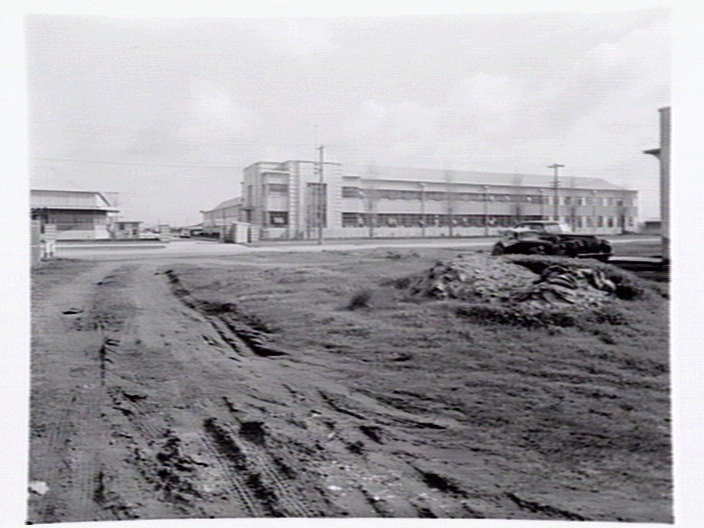'The once-despised Fishermen's Bend - a no-man's land - under the pressure of economic circumstance, has come into its own, and its sodden expanse bids fair, under the exercise of human knowledge, skill and labour, directed to its reclamation, to provide eventually scope for great projects and undertakings conducive to the advantage of the State.
In this long-neglected and unoccupied area of 'Siberia,' ... great activity and interest have been aroused. On 5th November, 1936, occurred on, the north side of 'The Bend,' the opening of the great and extensive factory for motor construction of the noted firm of General Motors-Holden's, whose enterprise has set the example for other leading industrial ventures and subsidiary factories.
The Aircraft Factory ... in which the Broken Hill Proprietary, Imperial Chemical Industries and General Motors Companies are jointly concerned, has been established, and many applications have been made for leases on what must become a manufacturing area of great importance, giving employment to thousands of workmen.' (p344)
 |
| Rootes Factory in Salmon St Harold Paynting Collection State Library of Victoria
The photograph above shows the Rootes factory under construction. The extensive plant covered almost an entire block and became the headquarters for manufacture of aircraft (principally the Beaufort bomber) by the Department of Aircraft Production during WWII. It reverted to car manufacture after the war.*
Source *Port Melbourne Walk booklet produced but the Art Deco & Modernism Society |

It is the Rootes factory. According to the Port Melbourne Walk booklet produced but the Art Deco & Modernism Society a few years ago, "The extensive plant covered almost an entire block and became the headquarters for manufacture of aircraft (principally the Beaufort bomber) by the Department of Aircraft Production during WWII". It reverted to car manufacture after the war.
ReplyDeleteThanks for that information David - it explains everything. I'll amend the post.
ReplyDelete